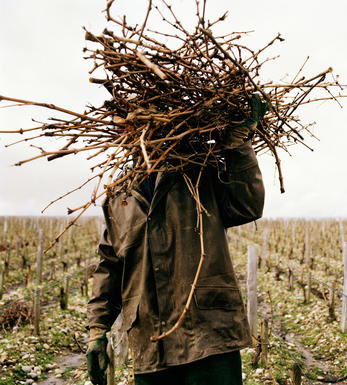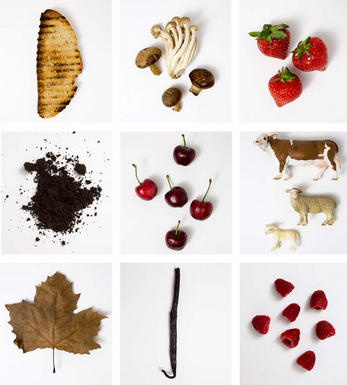
2020 Nuits-Saint-Georges, Domaine Michel Noëllat, Burgundy

About this WINE

Domaine Noellat
The Noëllat tribe are abundant in this part of the Côte de Nuits. Two brothers, Charles and Ernest, flourished in the early part of the 20th century. Charles had a son, André, who died in 1941, and whose daughter Odile married Alain Hudelot, to form Domaine Hudelot-Noëllat in Vougeot. Domaine Charles Noëllat no longer exists since its purchase by Lalou Bize-Leroy in 1988.
Ernest had two sons, Georges and Henri. Domaine Georges Noëllat has passed down through daughter Marie-Thèrese to her sons Patrice and François Cheurlin. Henri meanwhile married Marie-Thèrese Jayer, daughter of Henri Jayer’s Uncle Edouard. They had a son, Michel – who married a distant cousin, Hélène Noëllat – and their children today run Domaine Michel Noëllat.
Jasper Morris MW, Burgundy Wine Director and author of the award-winning Inside Burgundy comprehensive handbook.

Pinot Noir
Pinot Noir is probably the most frustrating, and at times infuriating, wine grape in the world. However when it is successful, it can produce some of the most sublime wines known to man. This thin-skinned grape which grows in small, tight bunches performs well on well-drained, deepish limestone based subsoils as are found on Burgundy's Côte d'Or.
Pinot Noir is more susceptible than other varieties to over cropping - concentration and varietal character disappear rapidly if yields are excessive and yields as little as 25hl/ha are the norm for some climats of the Côte d`Or.
Because of the thinness of the skins, Pinot Noir wines are lighter in colour, body and tannins. However the best wines have grip, complexity and an intensity of fruit seldom found in wine from other grapes. Young Pinot Noir can smell almost sweet, redolent with freshly crushed raspberries, cherries and redcurrants. When mature, the best wines develop a sensuous, silky mouth feel with the fruit flavours deepening and gamey "sous-bois" nuances emerging.
The best examples are still found in Burgundy, although Pinot Noir`s key role in Champagne should not be forgotten. It is grown throughout the world with notable success in the Carneros and Russian River Valley districts of California, and the Martinborough and Central Otago regions of New Zealand.


Buying options
Add to wishlist
wine at a glance
Delivery and quality guarantee